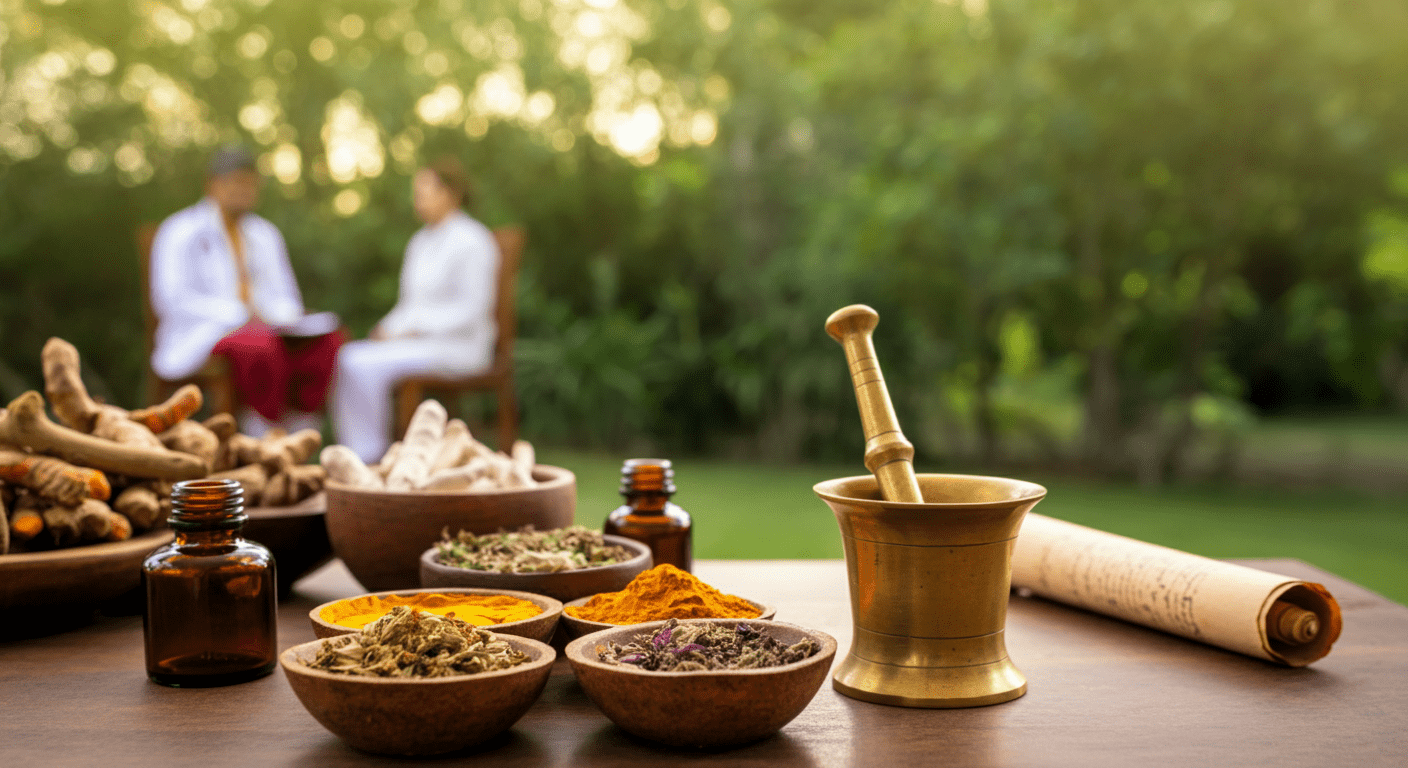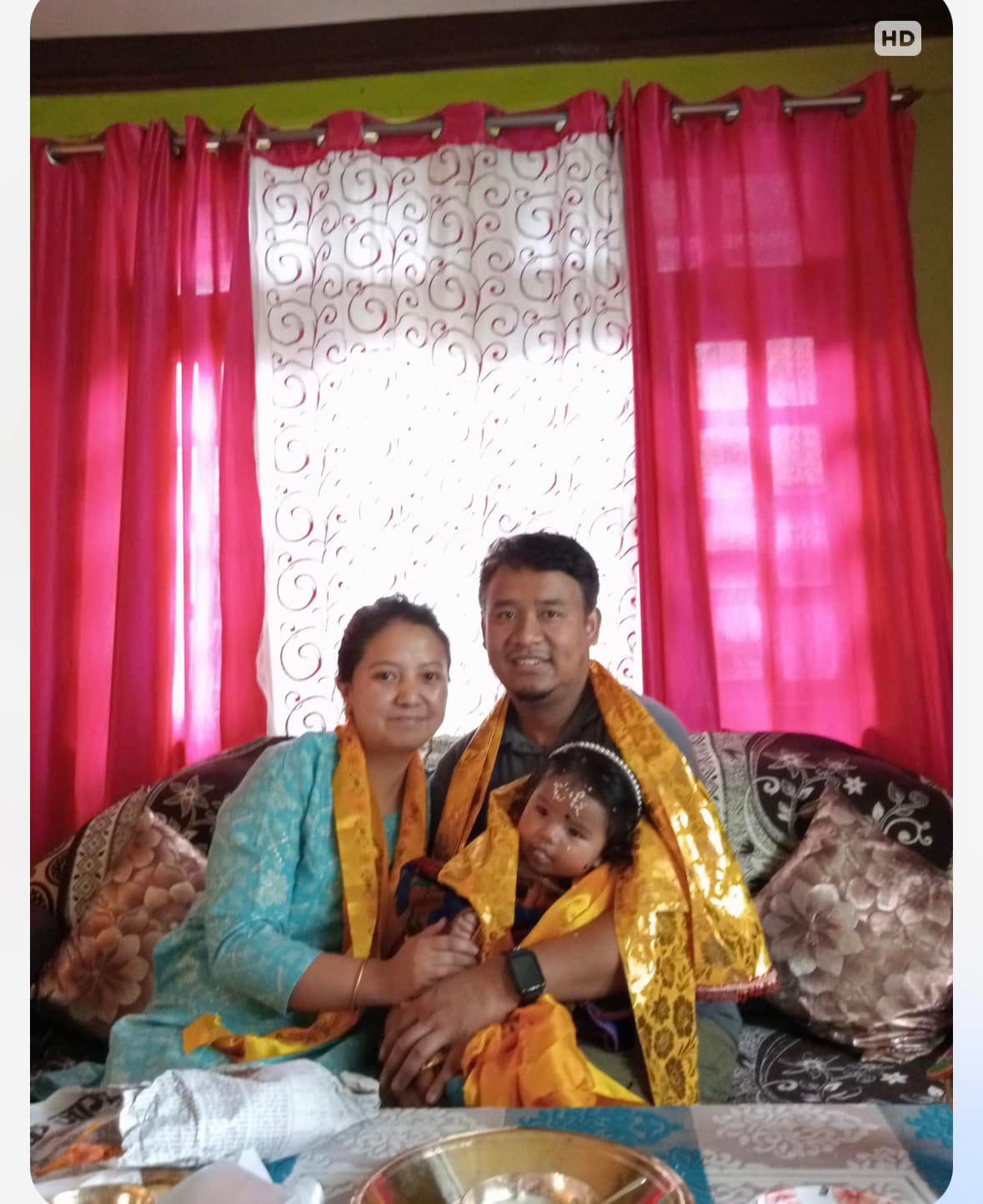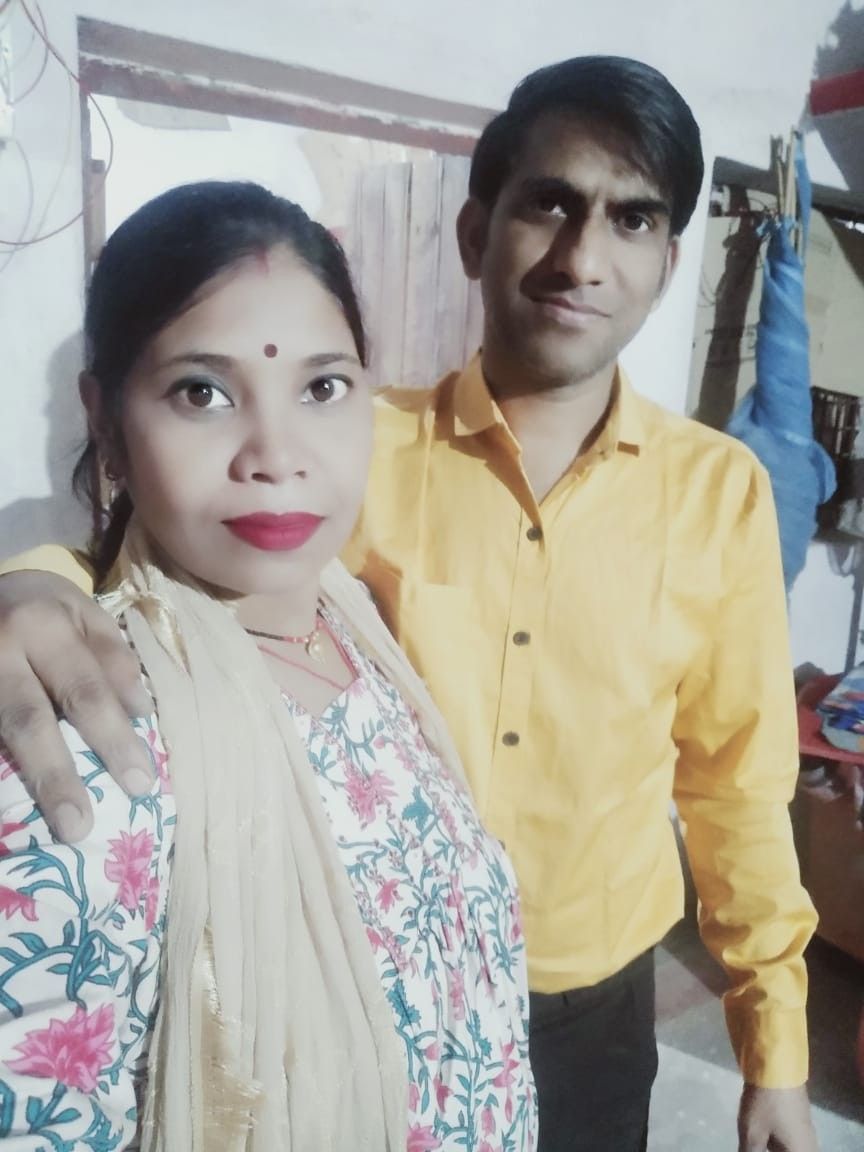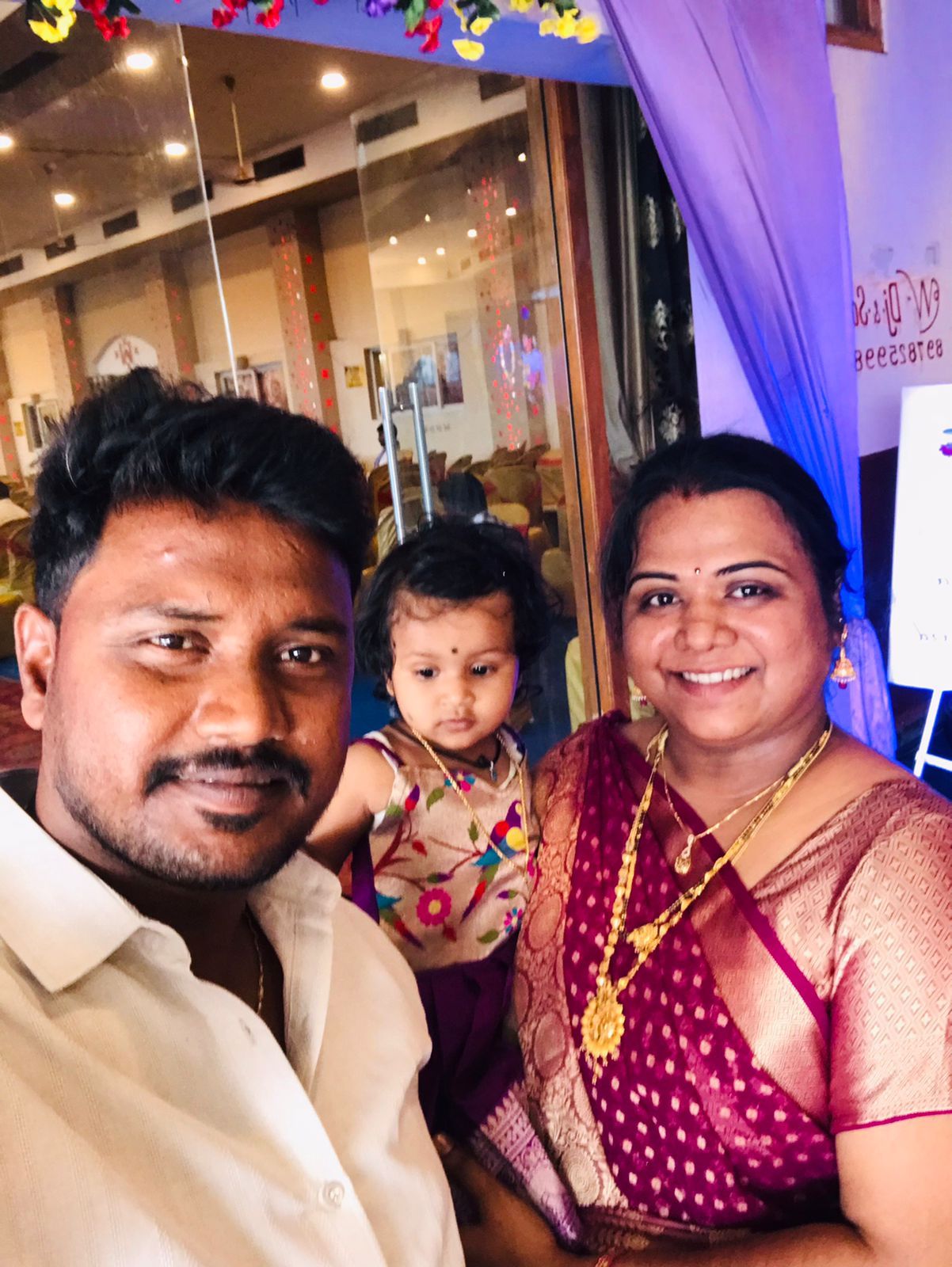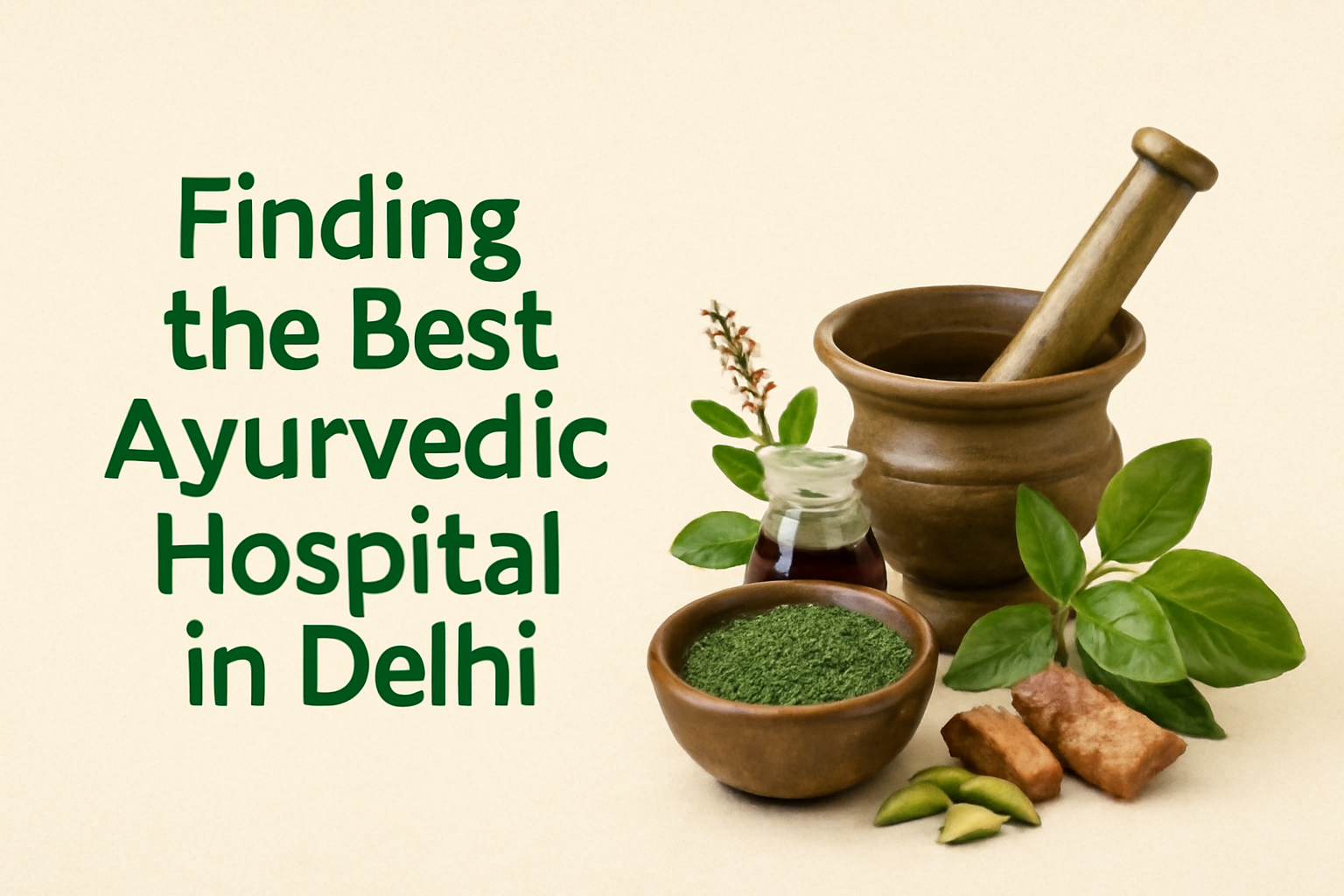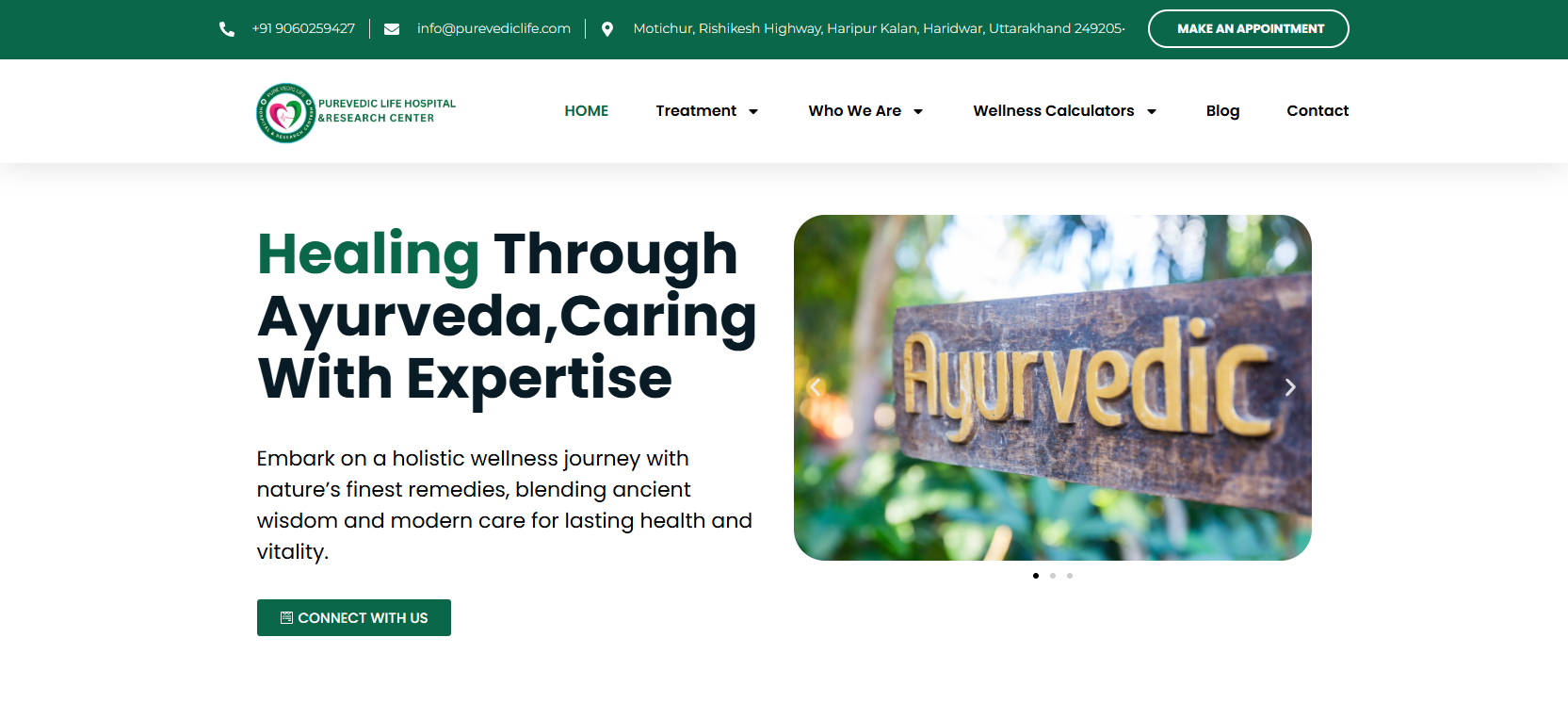Ayurveda, the “Science of Life,” is one of the oldest holistic healing systems, originating in India over 3,000 years ago. It is based on the principle that health and wellness depend on a delicate balance between the mind, body, and spirit. Unlike modern medicine, Ayurveda focuses not only on treating diseases but also on preventing illnesses through lifestyle modifications, diet, and natural remedies.
At Pure Vedic Life, we believe in preserving and promoting the ancient wisdom of Ayurveda to provide the best Ayurvedic treatment, consultations, and herbal medicines for holistic healing.
The Origins of Ayurveda: An Ancient Healing System
The roots of Ayurveda can be traced back to the Vedic era, with significant contributions from texts such as the Charaka Samhita, Sushruta Samhita, and Ashtanga Hridaya. Among these, the Charaka Samhita serves as a fundamental scripture, detailing the principles of Ayurveda, disease prevention, and therapeutic strategies.
Charaka Samhita Reference
“Swasthasya Swasthya Rakshanam, Aturasya Vikara Prashamanam Cha”
Sanskrit: स्वस्थस्य स्वास्थ्य रक्षणं, आतुरस्य विकार प्रशमनं च।
English Translation: The primary goal of Ayurveda is to maintain the health of a healthy person and to treat the diseases of an ill person.
Hindi Translation: आयुर्वेद का मुख्य उद्देश्य स्वस्थ व्यक्ति के स्वास्थ्य की रक्षा करना और रोगी के विकारों का शमन करना है।
This quote emphasizes that Ayurveda is not just about curing diseases but also about maintaining good health and preventing ailments.
The Five Elements and Three Doshas in Ayurveda
According to Ayurveda, the universe and the human body are composed of five basic elements (Panchamahabhutas):
- Akasha (Ether/Space)
- Vayu (Air)
- Agni (Fire)
- Jala (Water)
- Prithvi (Earth)
These elements combine to form three fundamental energies, known as the Doshas, which govern physiological functions:
1. Vata Dosha (Air + Ether)
- Governs movement, circulation, and nervous system functions.
- Imbalance leads to anxiety, constipation, dry skin, and joint pain.
- Balanced Vata results in creativity, agility, and enthusiasm.
2. Pitta Dosha (Fire + Water)
- Controls digestion, metabolism, and body temperature.
- Imbalance can cause acid reflux, inflammation, irritability, and skin disorders.
- Balanced Pitta promotes intelligence, strong digestion, and confidence.
3. Kapha Dosha (Earth + Water)
- Responsible for strength, immunity, and lubrication of joints.
- Imbalance may lead to weight gain, lethargy, congestion, and depression.
- Balanced Kapha results in stability, calmness, and endurance.
Each person has a unique Prakriti (body constitution) based on their dominant Dosha(s), determining their health tendencies.
Ayurvedic Diagnosis and Treatment Approaches
At Pure Vedic Life, our Ayurvedic approach focuses on personalized diagnosis and treatment. Ayurveda employs eight key diagnostic methods (Ashta Vidha Pariksha):
- Nadi Pariksha (Pulse Diagnosis)
- Mala Pariksha (Stool Examination)
- Mutra Pariksha (Urine Examination)
- Jihva Pariksha (Tongue Analysis)
- Shabda Pariksha (Voice Analysis)
- Sparsha Pariksha (Touch Examination)
- Drik Pariksha (Eye Examination)
- Akruti Pariksha (Overall Appearance Analysis)
Ayurvedic Treatments
Based on these assessments, Ayurveda prescribes natural healing therapies, such as:
- Panchakarma (Detoxification Therapy)
- Herbal Medicine & Formulations
- Dietary Recommendations (Ahara Chikitsa)
- Yoga & Meditation
- Lifestyle Modifications (Dinacharya & Ritucharya)
- Abhyanga (Oil Massage) & Shirodhara (Oil Therapy)
Charaka Samhita Reference on Diet and Digestion
“Rogah Sarvepi Mandagnau”
Sanskrit: रोगाः सर्वेऽपि मन्दाग्नौ।
English Translation: All diseases originate from weak digestion.
Hindi Translation: सभी रोग मंद अग्नि (कमजोर पाचन) से उत्पन्न होते हैं।
This highlights the importance of a strong digestive system in maintaining overall health.
The Eight Branches of Ayurveda (Ashtanga Ayurveda)
Ayurveda is a vast science that encompasses eight specialized branches:
- Kaya Chikitsa (Internal Medicine)
- Shalya Tantra (Surgical Treatments)
- Shalakya Tantra (ENT & Eye Care)
- Kaumarabhritya (Pediatrics & Mother Care)
- Bhuta Vidya (Psychiatry & Mental Health)
- Agada Tantra (Toxicology & Antidotes)
- Rasayana (Rejuvenation & Longevity Therapy)
- Vajikarana (Aphrodisiac & Fertility Therapy)
At Pure Vedic Life, we provide expert consultation and herbal treatments based on authentic Ayurvedic principles.
Conclusion: Why Choose Ayurveda?
Ayurveda is not just a system of medicine; it is a way of life. By aligning our daily habits with natural rhythms, we can achieve physical, mental, and emotional well-being.
Key Benefits of Ayurveda
✅ Natural & Holistic Healing
✅ No Side Effects
✅ Focus on Prevention & Root Cause Treatment
✅ Customized Wellness Plans
✅ Rejuvenation & Longevity Benefits
At Pure Vedic Life, we are committed to helping you achieve optimal health through authentic Ayurvedic treatments, expert consultations, and high-quality herbal medicines.
Let Ayurveda be your guide to a healthier, balanced life!
FAQs on What is Ayurveda
1. What is the primary goal of Ayurveda?
Ayurveda aims to maintain health and prevent diseases by ensuring a balance between the body, mind, and spirit. Unlike modern medicine, which focuses on symptomatic treatment, Ayurveda emphasizes preventive care, detoxification, and holistic healing. The ancient text Charaka Samhita states:
Sanskrit: स्वस्थस्य स्वास्थ्य रक्षणं, आतुरस्य विकार प्रशमनं च।
English: The goal of Ayurveda is to protect the health of the healthy and cure the diseases of the sick.
Hindi: आयुर्वेद का उद्देश्य स्वस्थ व्यक्ति के स्वास्थ्य की रक्षा करना और रोगी के विकारों का शमन करना है।
This underlines Ayurveda’s preventive and curative approach.
2. How does Ayurveda determine an individual’s health condition?
Ayurveda follows an advanced diagnostic system called Ashta Vidha Pariksha (Eight-Fold Examination), which includes:
Nadi Pariksha (Pulse Diagnosis) – Examining the pulse to assess doshic imbalances.
Mala Pariksha (Stool Examination) – Checking digestion and gut health.
Mutra Pariksha (Urine Examination) – Identifying toxins and hydration levels.
Jihva Pariksha (Tongue Analysis) – Observing tongue color, coating, and texture.
Shabda Pariksha (Voice Analysis) – Assessing vocal quality for health insights.
Sparsha Pariksha (Touch Examination) – Feeling skin texture and body temperature.
Drik Pariksha (Eye Examination) – Checking clarity, color, and moisture of the eyes.
Akruti Pariksha (Overall Appearance) – Evaluating body structure and energy levels.
This personalized diagnosis helps Ayurvedic practitioners at Pure Vedic Life create custom healing plans for each individual.
3. What are the three Doshas in Ayurveda, and why are they important?
In Ayurveda, the three Doshas Vata, Pitta, and Kapha govern physiological functions:
Vata Dosha (Air + Ether) – Controls movement, breathing, and circulation.
Pitta Dosha (Fire + Water) – Manages digestion, metabolism, and temperature.
Kapha Dosha (Earth + Water) – Governs immunity, strength, and stability.
Why are Doshas important?
Each person has a unique Dosha combination (Prakriti) that influences their body type, emotions, and health tendencies. Ayurvedic treatments aim to balance these Doshas to restore well-being.
4. What is Panchakarma, and how does it detoxify the body?
Panchakarma is an advanced Ayurvedic detox therapy that removes accumulated toxins (Ama) and rejuvenates the body. It consists of five purification procedures:
Vamana (Therapeutic Emesis) – Expels excess Kapha (mucus).
Virechana (Purgation Therapy) – Removes Pitta-related toxins from the liver and intestines.
Basti (Medicated Enema) – Cleanses Vata imbalances and supports colon health.
Nasya (Nasal Therapy) – Clears toxins from the head, sinuses, and respiratory system.
Raktamokshana (Bloodletting Therapy) – Purifies the blood and improves skin health.
At Pure Vedic Life, we offer personalized Panchakarma therapies to enhance detoxification, digestion, and mental clarity
5. How does Ayurveda approach diet and digestion?
Ayurveda considers digestion (Agni) as the key to good health. A weak digestive fire leads to the accumulation of toxins (Ama) in the body. According to Charaka Samhita:
Sanskrit: रोगाः सर्वेऽपि मन्दाग्नौ।
English: All diseases originate from weak digestion.
Hindi: सभी रोग मंद अग्नि (कमजोर पाचन) से उत्पन्न होते हैं।
Ayurvedic dietary principles include:
✅ Eating according to one’s Dosha.
✅ Following seasonal eating habits (Ritucharya).
✅ Consuming fresh, unprocessed, and easily digestible food.
✅ Avoiding incompatible food combinations (Viruddha Ahara) like milk with fruits.
At Pure Vedic Life, we design customized Ayurvedic diet plans to support digestive wellness.
6. What are some popular Ayurvedic herbs and their benefits?
Ayurveda utilizes thousands of medicinal herbs, each with unique healing properties. Some of the most powerful herbs include:
Ashwagandha (Withania Somnifera) – Reduces stress and enhances energy levels.
Turmeric (Curcuma Longa) – Acts as an anti-inflammatory and supports immunity.
Triphala (Amla, Haritaki, Bibhitaki) – Improves digestion and detoxification.
Brahmi (Bacopa Monnieri) – Boosts memory and cognitive function.
Shatavari (Asparagus Racemosus) – Supports reproductive health in women.
Neem (Azadirachta Indica) – Purifies the blood and promotes skin health.
Tulsi (Holy Basil) – Strengthens the respiratory system and relieves colds.
At Pure Vedic Life, we use high-quality, ethically sourced Ayurvedic herbs in our medicines and treatments.
7. How does Ayurveda contribute to mental health and emotional well-being?
Ayurveda recognizes that mental and emotional health are deeply connected to physical well-being. It uses natural therapies to promote mental clarity and reduce stress:
Yoga & Meditation – Align body and mind for emotional stability.
Pranayama (Breathwork) – Enhances relaxation and oxygenation.
Abhyanga (Ayurvedic Oil Massage) – Calms the nervous system.
Shirodhara (Oil Pouring Therapy) – Relieves anxiety and improves sleep.
Satvik Diet (Pure & Fresh Foods) – Supports mental clarity.
At Pure Vedic Life, we incorporate these holistic techniques to help individuals achieve mental peace and emotional well-being.
8. What is the role of diet in Ayurveda?
Diet plays a crucial role in Ayurveda because food is medicine. According to the Charaka Samhita:
संस्कृत:
“शरीरं वै भोजनाधीनम्।”
English:
“The body is dependent on food.”
Hindi:
“शरीर भोजन पर निर्भर करता है।”
Ayurveda categorizes food based on Rasa (taste), Virya (potency), and Vipaka (post-digestive effect) to determine its impact on the body. Each Dosha type has a recommended diet:
✔ Vata – Warm, moist foods like soups, ghee, rice, and cooked vegetables
✔ Pitta – Cooling foods like coconut water, cucumber, milk, and leafy greens
✔ Kapha – Light, spicy foods like ginger tea, honey, millet, and legumes
At Pure Vedic Life, we provide personalized Ayurvedic diet plans based on Dosha balance for optimal health and wellness.

